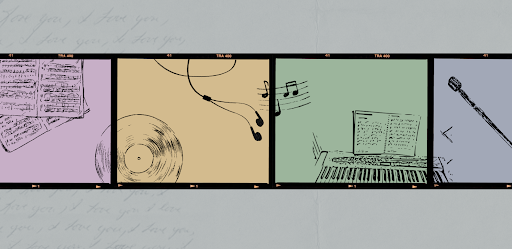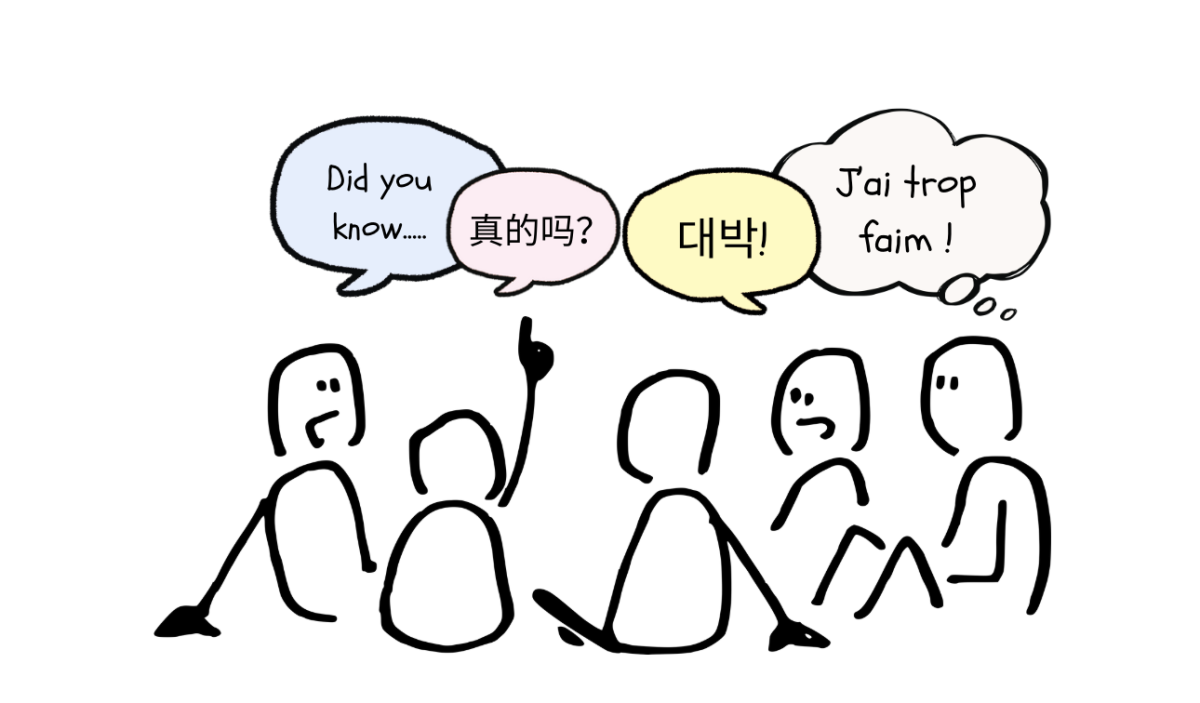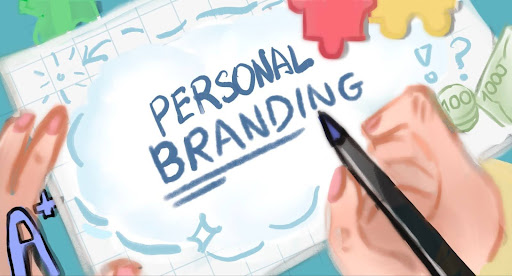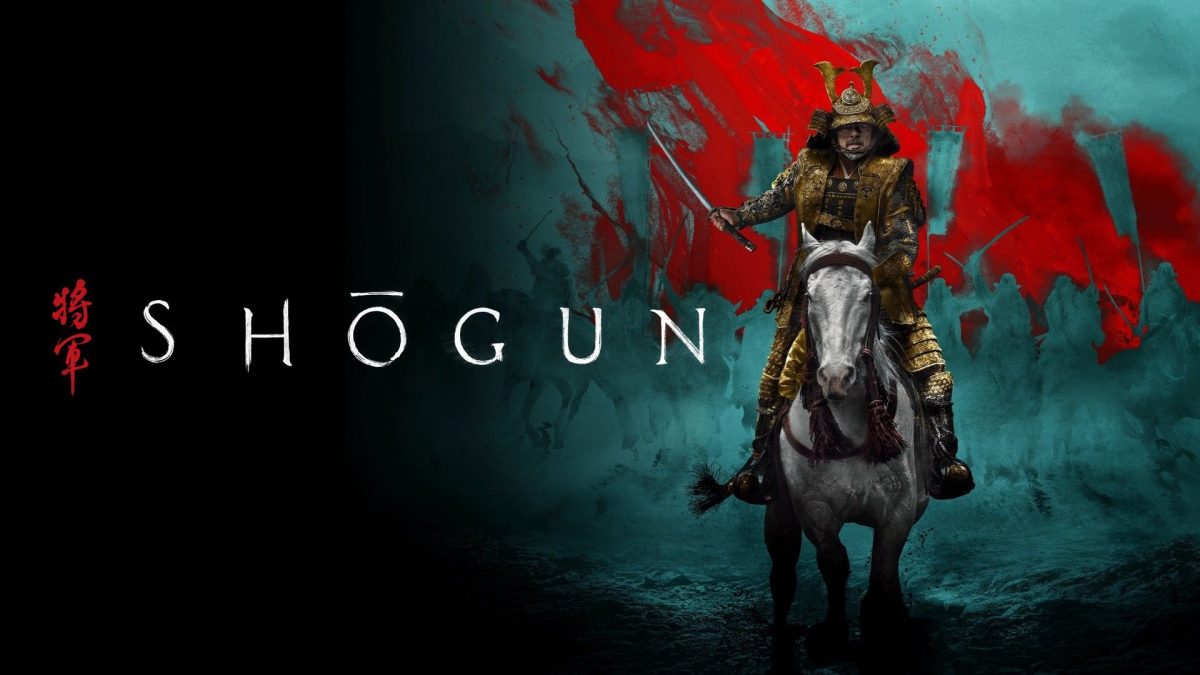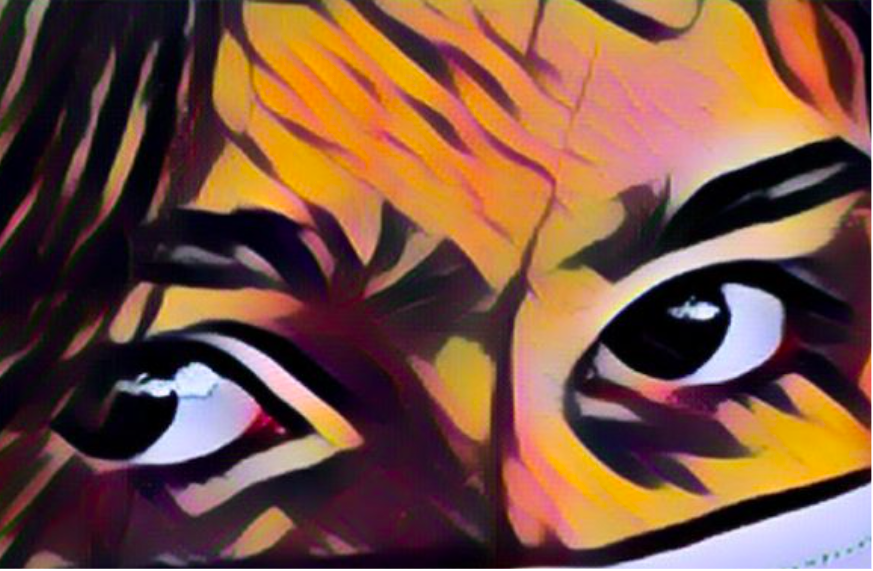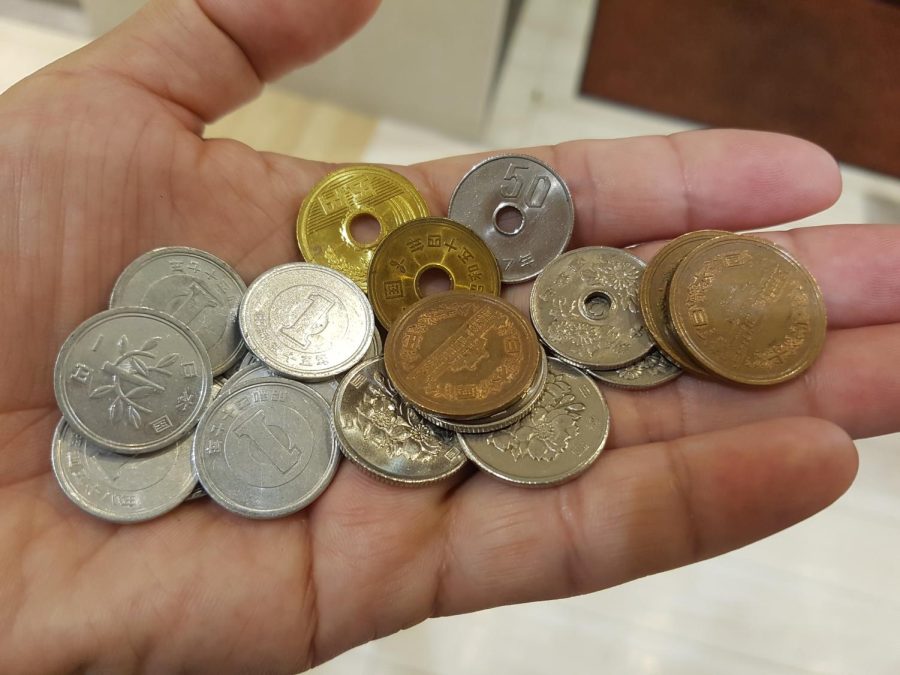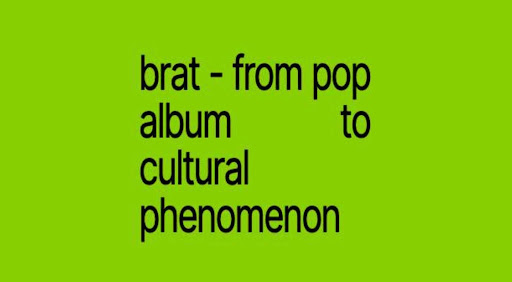It’s safe to say humor will never go extinct. Humor has stuck around since the beginning of human history, and even though it constantly evolves – shifting in relevancy and branching into various forms (from silent cave paintings to funny baby videos) – it remains an endearing and essential trait that makes us human.
In recent years, humor has taken a peculiar turn. Often referred to as “brain-rot” or also known as Gen Z humor, this new style challenges our previous belief that humor is not evolving, but more so mutating into an ugly variant. The creation of brain-rot is proof that Gen Z has pushed the boundaries of comedy to an unprecedented extent, hinting that humor will eventually be explored to its fullest, and collapse.
Gen Z redefines humor as anything, everything
Brain-rot humor, defined simply, is… unintelligible. Putting a meaning behind brain-rot is impossible – it doesn’t target a specific trope or genre of humor, but is based around referencing a variety of extremely niche and specific memes, which is why it would make your brain “rot” from excessive media consumption.
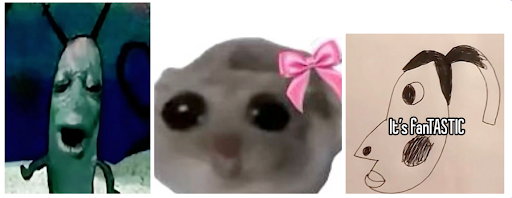
When the ISSH student community was presented with these 3 images, 86% of respondents (71 out of 82 students) knew what meme they were referencing. The images are of ‘Cursed Plankton’, ‘Sad Coquette Hamster’, and ‘Is that Hyperpigmentation?’ – all popular brain-rot memes that have trended on Tiktok and Instagram over the past year, explaining its widespread recognition to the ISSH community. While simple, this survey perfectly encapsulates how brain-rotted Gen Z has become from media consumption.
Want to also join in on the fun? You better start studying.
If you think you can call yourself a ‘brain-rot enjoyer’ by simply understanding memes like cursed plankton and sad coquette hamster, you may have misinterpreted how quickly brain-rot trends die out. Brain-rot moves fast: it’s entirely plausible for a brain-rot meme to pervade all of social media, and then quickly die out in two weeks. Ask anyone about the relevance of the memes from the survey – they’ll likely tell you that they’ve left these behind in 2024.
Brain-rot is so much more than just a type of humor – it’s a lifestyle that hijacks the Gen Z brain. Here are the 3 common ways Gen Z embodies a brain-rot lifestyle:
1. Recognizing trends
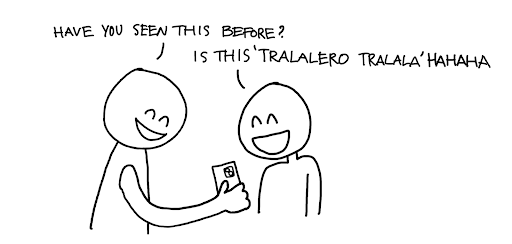
Gen Z (born 2000-2012) can bond and spark friendship by sharing videos and laughing at brain-rot clips together, whether through chat rooms or offline means.
2. Reciting trends
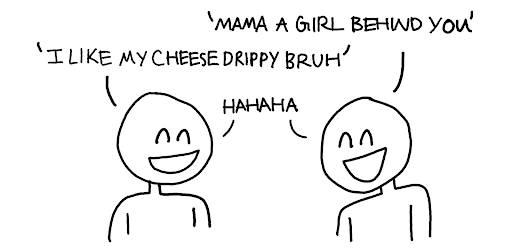
Brain-rot has pervaded language so deeply that Gen Z often sporadically recites a random brain-rot phrase in the middle of a conversation. Brain-rot can be utilized as a reaction, a conversation sparker, or a filler.
3. Recreating trends
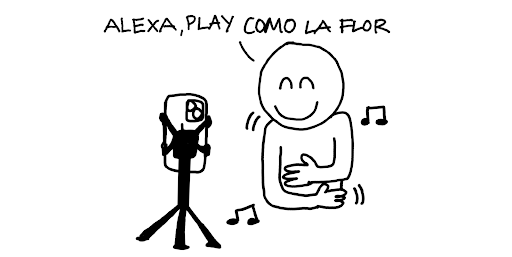
People make parodies of original brain-rot videos, recreating them in various styles on Tiktok. This attracts the attention of those who recognize the trend in the comment section.
The lifespan of a brain-rot trend
In the past, humor was inclusive and simple. Just a decade ago, the internet gathered on apps like Vine or Youtube, enjoying harmless prank videos or clumsy animal clips that would easily become viral hits in the 2010s.
Now, in the 2020s, the virality of a brain-rot video takes on an entirely different logic. Similar to a lottery, a video that gains popularity (with the view counts up to 100 millions) can end up on anyone’s for-you page. This means that virality isn’t limited to those with valuable footage or the resources to film quality content – with the right timing, algorithm chances, and a bit of luck, your video could also be an international sensation.
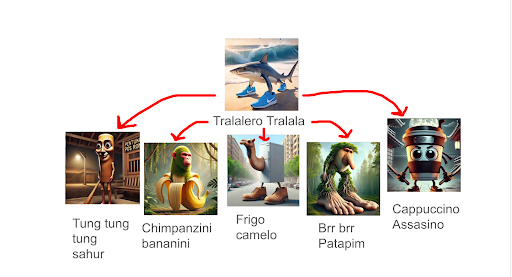
Take a look at “Italian brain-rot,” arguably the most influential and popular brain-rot meme of 2025 so far. This trend started with an AI-generated image of a shark with shoes by user @eZburger401 on TikTok, given an Italian-sounding name like “Tralalero Tralala.”
In just under a few weeks, users started adding their own Italian brain-rot characters, creating a series of AI-generated animal, fruit, or object hybrids with Italian-sounding names. Despite these memes being inherently unfunny, and their rise to fame being inexplicable, Italian brain-rot has taken over the internet in the spring of 2025.
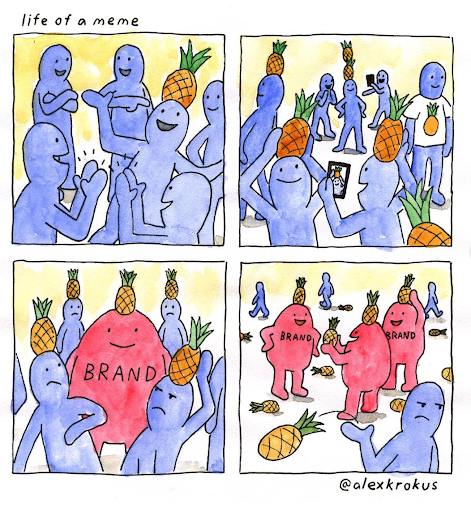
So, how do these brain-rot trends die out? Of course, with the passage of time, trends become unpopular and outdated. However, the downfall of trends can be much more sudden: when brands or companies attempt to appeal to younger audiences by also hopping onto the trend, the internet collectively groans—by broadening the audience spectrum, the trend no longer becomes “niche” (an essential feature of brain-rot humor) and acts as revealing the meaning behind an inside joke.
Brain-rot: a trend or a type of humor?
The internet intermingles people of different race, religion, and culture, but what remains consistent are the age groups in which people interact and foster communities. This explains how, in solidarity, Gen Z created brain-rot with an underlying motive to ‘gatekeep’ and weaponize humor. Taunting the older generations for their inability to keep up with rapidly changing trends or nonsensical humor, brain-rot is one way Gen Z establishes supremacy over the digitally evolving world.
The big question is whether this mindset is just a phase tied to the adolescent tendency to defy and reject the confines of society, or whether Gen Alpha will soon give Gen Z a taste of their own medicine by pushing humor even further down a spiral humanity will never recover from…







